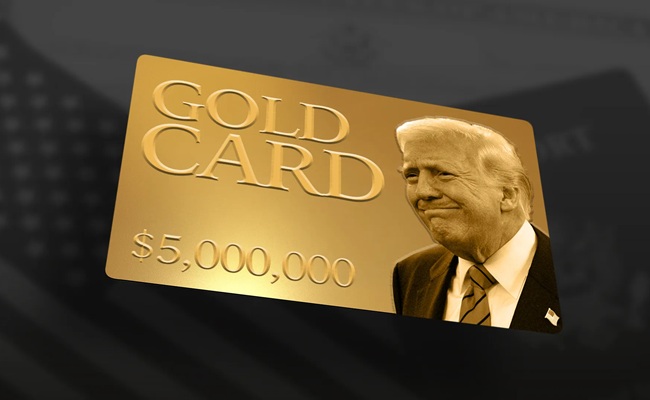
President Trump’s proposed $5 million “Trump Card”, a special visa for wealthy foreigners is struggling to gain momentum.
Though launched with promises of strong interest and a potential $1 trillion gain for the U.S the card faces serious questions about its feasibility, appeal and long term benefits.
Trump announced the program in June, hoping to draw wealthy global investors by offering a “gold” card in exchange for a $5 million investment.
However, lawyers and advisors say the actual demand will be much smaller than the campaign suggests.
While 70,000 people signed up online for more information, many were lawyers, bankers and advisors exploring options for clients but not serious buyers.
The actual pool of people wealthy enough to justify such an investment may be only a few thousand each year, mainly from places like China, the Middle East, Mexico, and the U.K.
More serious are the legal and tax questions.
The biggest draw for the card would be an exemption from U.S. global income taxes, but this would require new legislation from Congress, making it highly uncertain.
Without this benefit, wealthy buyers have little reason to pay $5 million for a U.S. visa when other countries offer cheaper alternatives.
Critics also worry about security, screening and how this card would relate to existing visa programs like the EB‑5.
Overall, immigration attorneys and wealthy advisors agree that the “Trump Card” is ambitious but impractical. Its costly price, unclear benefits, and legal and tax hurdles have cooled initial interest.
As one advisor put it, many wealthy families are choosing to “wait and see” making it unlikely that the Golden Card will ever gain the widespread appeal its creators hoped for.
Adding to the spectacle, the “Golden Card” is even proposed to be made of real gold.












